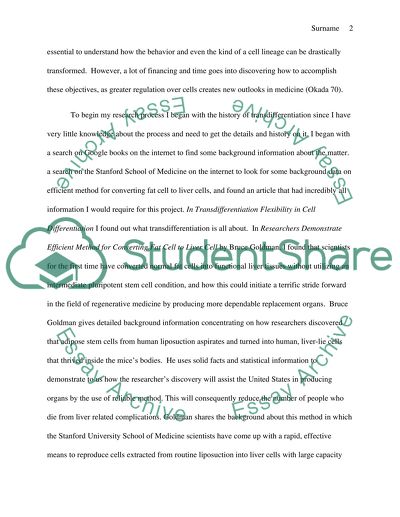Cite this document
(“Efficient Method for Converting Fat Cells to Liver Cells Research Paper”, n.d.)
Efficient Method for Converting Fat Cells to Liver Cells Research Paper. Retrieved from https://studentshare.org/health-sciences-medicine/1490365-efficient-method-for-converting-fat-cells-to-liver
Efficient Method for Converting Fat Cells to Liver Cells Research Paper. Retrieved from https://studentshare.org/health-sciences-medicine/1490365-efficient-method-for-converting-fat-cells-to-liver
(Efficient Method for Converting Fat Cells to Liver Cells Research Paper)
Efficient Method for Converting Fat Cells to Liver Cells Research Paper. https://studentshare.org/health-sciences-medicine/1490365-efficient-method-for-converting-fat-cells-to-liver.
Efficient Method for Converting Fat Cells to Liver Cells Research Paper. https://studentshare.org/health-sciences-medicine/1490365-efficient-method-for-converting-fat-cells-to-liver.
“Efficient Method for Converting Fat Cells to Liver Cells Research Paper”, n.d. https://studentshare.org/health-sciences-medicine/1490365-efficient-method-for-converting-fat-cells-to-liver.


